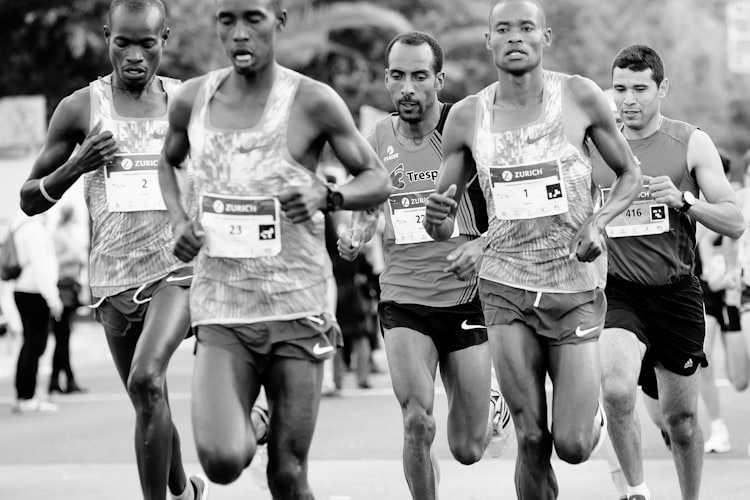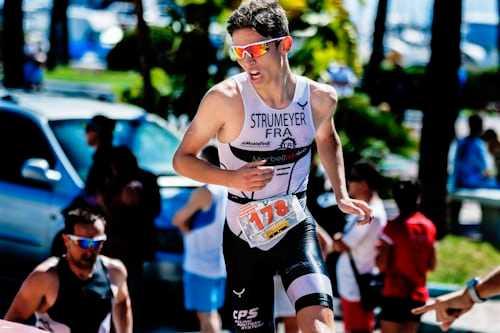What Philosophy Can Teach Us About Endurance
Curated from: outsideonline.com
Ideas, facts & insights covering these topics:
4 ideas
·1.55K reads
8
Explore the World's Best Ideas
Join today and uncover 100+ curated journeys from 50+ topics. Unlock access to our mobile app with extensive features.
The Time Domain
Time measurement seems so crucial that athletes forget what to do without any measurement of time.
Running an interval without any clock makes you keep in touch with your internal feelings and energy levels.
64
505 reads
Disrupted
Disruption and a skewing of your personal space is a way to challenge your comfort zone and grow towards becoming a seasoned athlete who can perform in unfamiliar territory.
66
386 reads
To Each His Own
Every race is a search for your individual limits. In an interval workout, the coach tells you exactly how many repetitions to do, and then you stop. The limit is imposed externally.
For athletes to run to their maximum potential in races, they are the ones that should decide how many repetitions they needed to do in order to reach exhaustion.
61
317 reads
Skewing the Plan
Similar to disrupting the number of reps, or timing, we can skew the planning of the workout structure, allowing individual athletes to fine-tune it according to their own preference and stamina.
55
344 reads
IDEAS CURATED BY
Black Stripes's ideas are part of this journey:
Learn more about personaldevelopment with this collection
Conducting effective interviews
Identifying the right candidates for the job
Creating a positive candidate experience
Related collections
Similar ideas
8 ideas
In Defense of Running Lower Mileage (Just Hear Us Out)
runnersworld.com
6 ideas
Running Strides Can Help You Work on Your Form and Mechanics
runnersworld.com
2 ideas
Read & Learn
20x Faster
without
deepstash
with
deepstash
with
deepstash
Personalized microlearning
—
100+ Learning Journeys
—
Access to 200,000+ ideas
—
Access to the mobile app
—
Unlimited idea saving
—
—
Unlimited history
—
—
Unlimited listening to ideas
—
—
Downloading & offline access
—
—
Supercharge your mind with one idea per day
Enter your email and spend 1 minute every day to learn something new.
I agree to receive email updates




